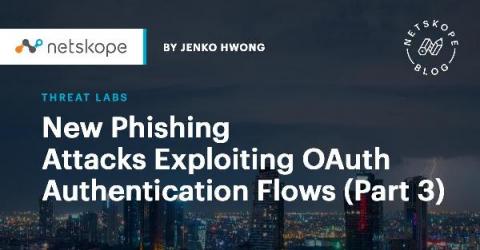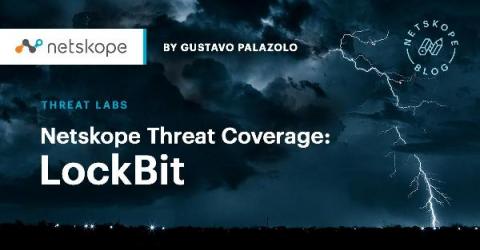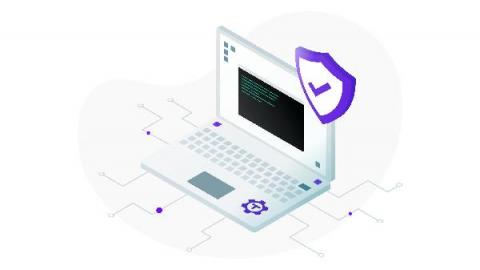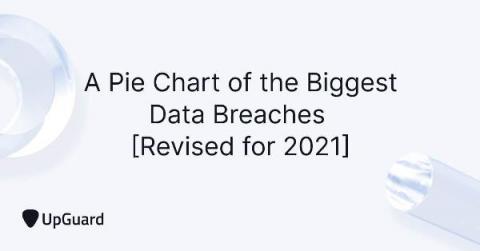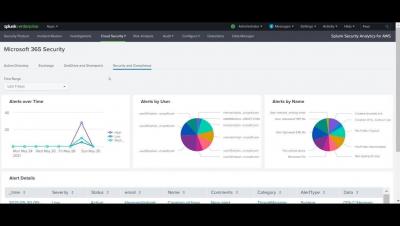Security | Threat Detection | Cyberattacks | DevSecOps | Compliance
Security
SecureAPlus - 12 Antivirus Engines in One Application
1Password 8: The Story So Far
Greetings everyone! With the recent launch of our Early Access preview of 1Password 8 on macOS I wanted to take a few minutes to pull back the curtain on this software development project that is over two years in the making. Before we get into that, though, I think a bit of backstory is warranted.
New Phishing Attacks Exploiting OAuth Authentication Flows (Part 3)
This blog series expands upon a presentation given at DEF CON 29 on August 7, 2021. In Part 1 of this series, we provided an overview of OAuth 2.0 and two of its authorization flows, the authorization code grant and the device authorization grant. In Part 2 of this series, we described how a phishing attack could be carried out by exploiting the device authorization grant flow.
Netskope Threat Coverage: LockBit
LockBit Ransomware(a.k.a. ABCD) is yet another ransomware group operating in the RaaS(Ransomware-as-a-Service) model, following the same architecture as other major threat groups, like REvil. This threat emerged in September 2019 and is still being improved by its creators. In June 2021, the LockBit group announced the release of LockBit 2.0, which included a new website hosted on the deep web, as well as a new feature to encrypt Windows domains using group policy.
How to Build a Startup Security Team: Advice from Security Experts
With the rise of security threats comes an increased need for strong security measures, but it’s hard to know where to invest your time and money, especially if you’re a small startup. Who should own security when you first get started? Is it worth it to hire a Chief Security Officer (CSO) right away? Is it better to build out an internal security team or hire an external agency instead?
A Pie Chart of the Biggest Data Breaches [Revised for 2021]
Below is a pie chart representing the percentage contribution of each data breach victim to the 57 largest data breaches of all time. CAM4 covers the majority of the pie, accounting for almost 50% of all compromised records. If the CAM4 breach is disregarded, the impacts of the other breaches can be better appreciated. The pie chart below represents this updated distribution. Now, it becomes clearer that LinkedIn accounts for the majority of compromised social media records.





